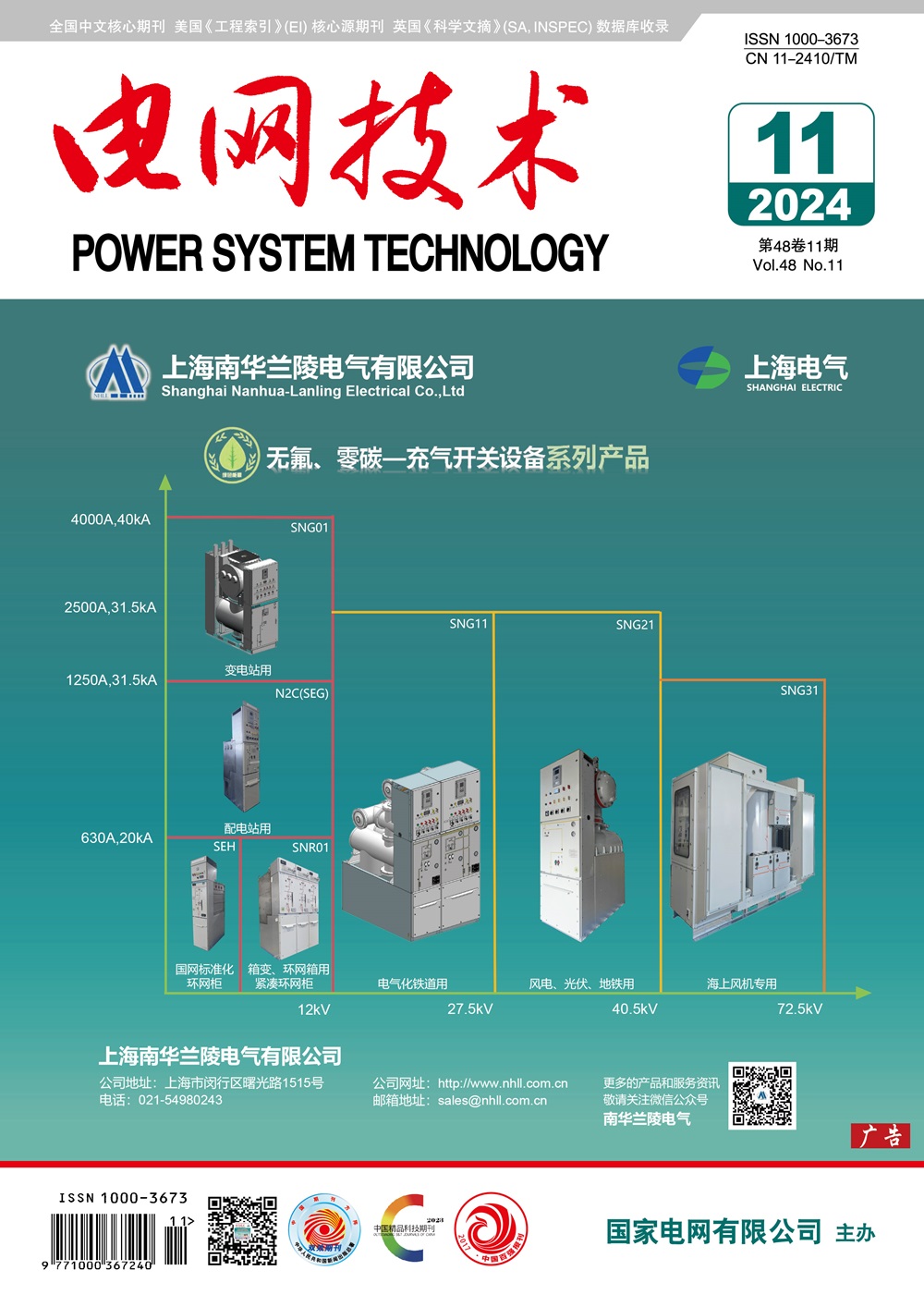Predicting Drug Resistance in Gastric Cancer with Mutation in the Human Epidermal Growth Factor Receptor 2 (HER2) And Machine Learning Technique
Q1 Engineering
引用次数: 0
Abstract
Gastric cancer with mutations in the human epidermal growth factor receptor (HER2) can be regarded as one of the leading causes of cancer mortality in the world. Targeted tyrosine kinase inhibitors (TKIs) developed against HER2 yielded optimistic results in improving patients' survival rates and life quality. Nevertheless, drug resistance can influence the critical supportive documents of treatment plans and decrease the treatment effectiveness after about one year. Predicting the efficacy of HER2-TKI drugs or therapies for patients with HER2-mutated gastric cancer is a critical research field. In the present study, a personalized drug response prediction model based on molecular dynamics simulations and machine learning is presented to predict response to first-generation drugs approved by the Ministry of Health in patients with gastric cancer. In the molecular dynamics simulation, the patient's mutation status is considered. The patient's unique mutation status was modeled using molecular dynamics simulations to extract geometric features at the molecular level.Furthermore, additional clinical features are incorporated into the machine learning model to predict drug response. The complete features encompass demographic and clinical characteristics, geometrical properties of the drug-target binding site, and binding free energy (RBFE) of the drug-target complex from molecular dynamics simulations. Drug response prediction utilizes the XGBoost classifier, which achieved leading-edge performance for a 4-level drug response prediction task (PDRP) with 97.5% accuracy, 93% sensitivity, 96.5% specificity, and 94% F1 score. The present research has demonstrated that modeling the binding cavity geometry, in tandem with the binding free energy, can effectively predict drug response. Interestingly, the clinical information, while significant, did not significantly influence the model's performance. This exciting finding opens up new avenues for testing the proposed model on various types of cancers, potentially revolutionizing drug development strategies. DOI: https://doi.org/10.52783/pst.391通过人表皮生长因子受体 2(HER2)突变和机器学习技术预测胃癌的耐药性
人类表皮生长因子受体(HER2)发生突变的胃癌可被视为全球癌症死亡的主要原因之一。针对 HER2 开发的靶向酪氨酸激酶抑制剂(TKIs)在提高患者生存率和生活质量方面取得了令人乐观的结果。然而,耐药性会影响治疗计划的关键支持文件,并在大约一年后降低治疗效果。预测HER2-TKI药物或疗法对HER2突变胃癌患者的疗效是一个关键的研究领域。本研究提出了一种基于分子动力学模拟和机器学习的个性化药物反应预测模型,用于预测胃癌患者对卫生部批准的第一代药物的反应。在分子动力学模拟中,考虑了患者的突变状态。利用分子动力学模拟对患者独特的突变状态进行建模,以提取分子水平的几何特征。完整的特征包括人口统计学和临床特征、药物-靶点结合位点的几何特性以及分子动力学模拟中药物-靶点复合物的结合自由能(RBFE)。药物反应预测使用了 XGBoost 分类器,该分类器在 4 级药物反应预测任务(PDRP)中取得了领先的性能,准确率达 97.5%,灵敏度达 93%,特异性达 96.5%,F1 得分达 94%。有趣的是,临床信息虽然重要,但对模型的性能影响不大。这一令人兴奋的发现为在各种类型的癌症上测试所提出的模型开辟了新的途径,有可能彻底改变药物开发策略。DOI: https://doi.org/10.52783/pst.391
本文章由计算机程序翻译,如有差异,请以英文原文为准。
求助全文
约1分钟内获得全文
求助全文
来源期刊

电网技术
Engineering-Mechanical Engineering
CiteScore
7.30
自引率
0.00%
发文量
13735
期刊介绍:
"Power System Technology" (monthly) was founded in 1957. It is a comprehensive academic journal in the field of energy and power, supervised and sponsored by the State Grid Corporation of China. It is published by the Power System Technology Magazine Co., Ltd. of the China Electric Power Research Institute. It is publicly distributed at home and abroad and is included in 12 famous domestic and foreign literature databases such as the Engineering Index (EI) and the National Chinese Core Journals.
The purpose of "Power System Technology" is to serve the national innovation-driven development strategy, promote scientific and technological progress in my country's energy and power fields, and promote the application of new technologies and new products. "Power System Technology" has adhered to the publishing characteristics of combining "theoretical innovation with applied practice" for many years, and the scope of manuscript selection covers the fields of power generation, transmission, distribution, and electricity consumption.
 求助内容:
求助内容: 应助结果提醒方式:
应助结果提醒方式:


